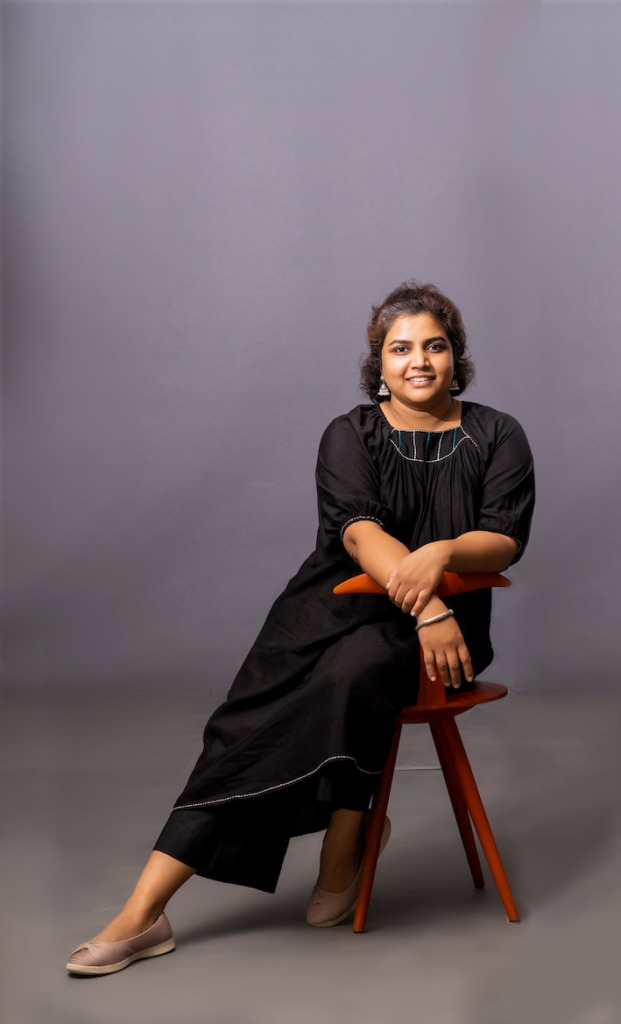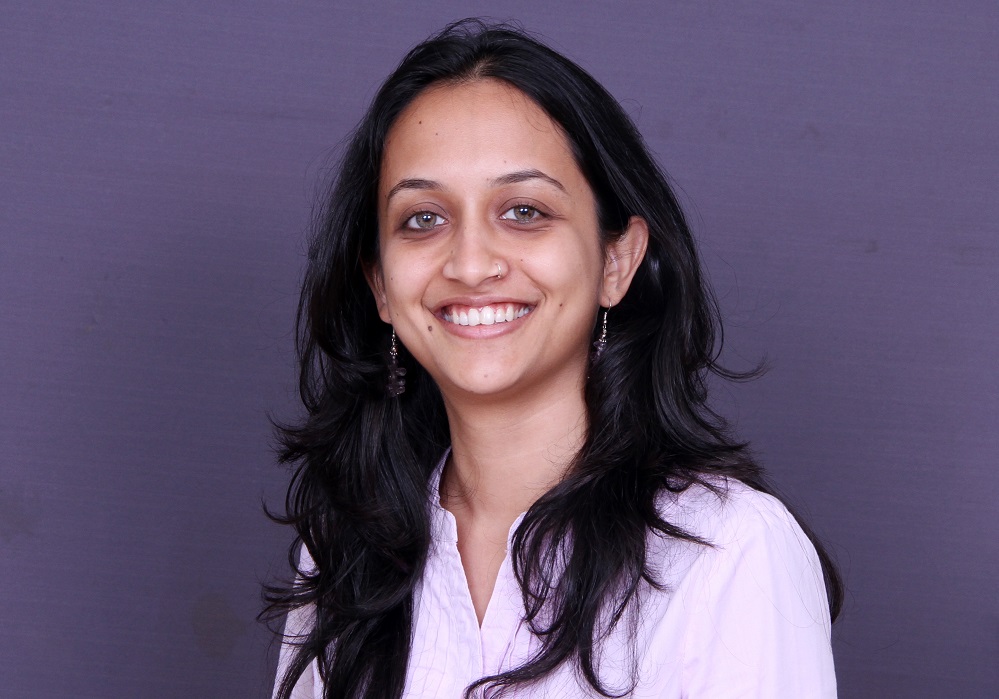On the occasion of International Women’s Day, we took the opportunity to speak to the leading female architects and planners in the country. These ladies are on top of their game and are steadfastly forging a path for others to follow. Here’s what they have to say when asked how being a woman enhances their practice:
Anupriya Sahu, Alankaram
As a furniture brand known for melding together elements of culture, technology and fine craftsmanship, Anupriya Sahu’s Alankaram has gained global acclaim and recognition. Their sleek, contemporary designs are rooted in traditional and vernacular sensibilities, and they offer both customised designs as well as ready-made ones. “I believe in equal opportunities when it comes to designing or any other facet of life. Women are naturally gifted when it comes to combining design and functionality, and therefore create practical pieces that are apt for contemporary homes. These little details extend beyond knowing classic colour schemes. Plus, having a women-led practice makes hiring artisans in the rural sector easier,” says Sahu.






Varsha Jain, Creative Architects and Interiors (CAI)
Varsha Jain, the Principal Architect and co-founder of CAI, a practice based in Chennai, is known for her nuanced approach to design. She shares, “Women have the ability to multitask. Management is an inherent part of every woman’s life, so we’re able to perceive the true client briefs through multiple layers, and analyze them in terms of accessibility, landscape, functionality, and connectivity. My formative years in Pune where I studied, taught me the skills I use in my projects even today, like design detailing and space-saving solutions. I believe that architecture is an amalgamation of art and science and every space we design reflects the needs of humankind. Spaces should be contextually transformative and evolving as well as user-friendly and open to being perceived in different ways. In architecture, we need to keep changing with time. The ability of women to evolve and change based on their circumstances has helped me stay up to date with relevant design practices.”
Sneha Gurjar, Director, CEM Engineers
First established in 1984, CEM Engineers is one of India’s leading comprehensive project consultancies that provides services in master planning, architectural design, structural engineering, MEP engineering, construction administration and project management. Sneha Gurjar, its director, says, “Design and architecture are extremely fulfilling professions. Every new project is equally demanding and requires one to work relentlessly. It is not the best return on investment regarding the time spent, but one of the most fulfilling choices. My journey in the industry has been quite humbling and simultaneously broadening. It has taught me new ways of introspecting on my work and working on myself. I firmly believe in simplifying complex designs and engineering problems with compatible design solutions and prefer to adopt an inside-out approach to a project. My vision is to work and contribute towards developing our societal and economic growth as a nation-building activity.”
Gauri Gore, Project Head – Bengaluru, Edifice Consultants
Founded on the principles of collaborative design, the architectural practice of Edifice Consultants is powered by a motivated work-force with global education, exposure and experience. Project Head, Gauri Gore, says, “With many women occupying positions of authority in this industry, I believe that it will eventually transform to become more people-centric than profit-centric. I think the most important thing for professional success is to believe in yourself and be confident in your thoughts and ideas that you represent through design. I believe women are more perceptive and sensitive to end-user requirements and this is our key differentiator as female designers.”
Mitu Mathur, Director, GPM Architects and Planners
GPM Architects and Planners, established in 1980, is one of India’s leading architecture and design firms with over 40 years of experience providing comprehensive Architecture, Urban Development, Engineering and Project Management services. “Having started at the young age of 27 in a leadership role in the firm, I often found myself giving presentations, pitching for projects, and taking design decisions on-site. With an attitude to never give up, I have faced various project presentations and site meetings, where people initially doubted my capabilities but applauded me in the end. Even in a room full of men, I have never felt intimidated in raising my voice and taking bold decisions to fulfil the vision of the project. Thanks to the media, the last decade marked a shift with a change in mindset and widespread awareness. As a result, a lot of recognition is being given to women in design, which has pushed many to the forefront,” explains Mitu Mathur, director of the firm.
Shubhra Dahiya, Partner, team3
A Delhi-based multi-disciplinary architectural practice, team3 aspires to create human-centric and contextual architectural expressions. Their work draws on contemporary influences while responding to local climatic, historical and social settings. Shubhra Dahiya, partner in the firm, shares, “Creativity isn’t gender-biased or gender specific. I believe that every individual is creative in their own way. Having said that, I do think that there are a few aspects that women bring to the process of design. We have the inherent ability to look at design holistically, blurring boundaries between architecture, interior design, art, styling, and fashion. We are also deeply engaged in varied activities and interests and are multifaceted by nature. This helps us don several hats, multitask and manage efficiently.”
Arti Gugnani, Partner, Vijay Gupta Architects
Vijay Gupta Architects (VGA) is based out of New Delhi, and is an established master planning, architectural and interior design practice with a pan-India presence and a diverse body of work across varied scales and typologies in both public and private sectors. Partner Arti Gugnai shares, “Women are naturally more empathetic and intuitive, and hence better at listening and communicating. This enables them to view design challenges from different perspectives and vantage points and offer holistic solutions that take into account the varied experiences of the end users. I believe that this user-centric perspective is something that enhances my own practice and is crucial to architecture. Empathy is vital to our profession – not just towards the users of a building, but for the larger environment as well.”
Noor Anand Chawla pens lifestyle articles for various publications and her blog www.nooranandchawla.com.

